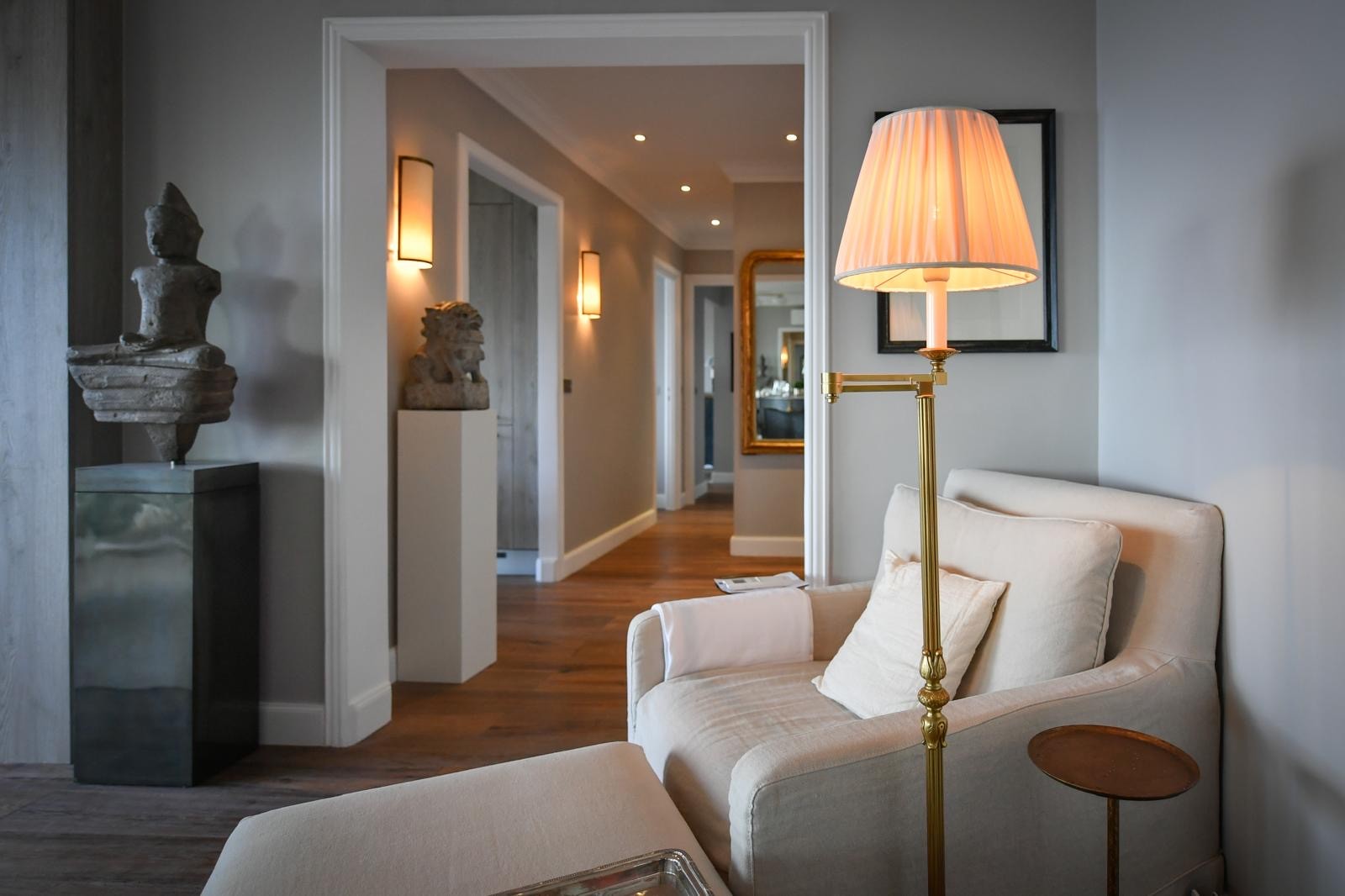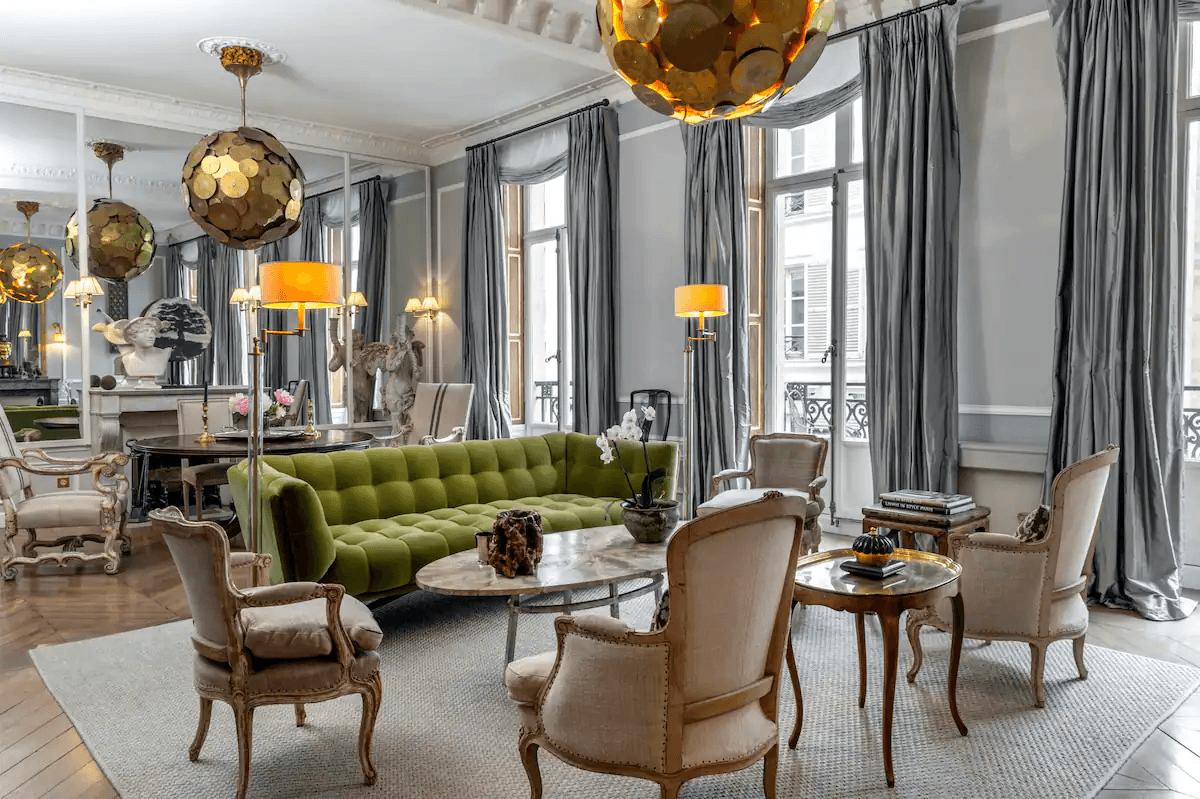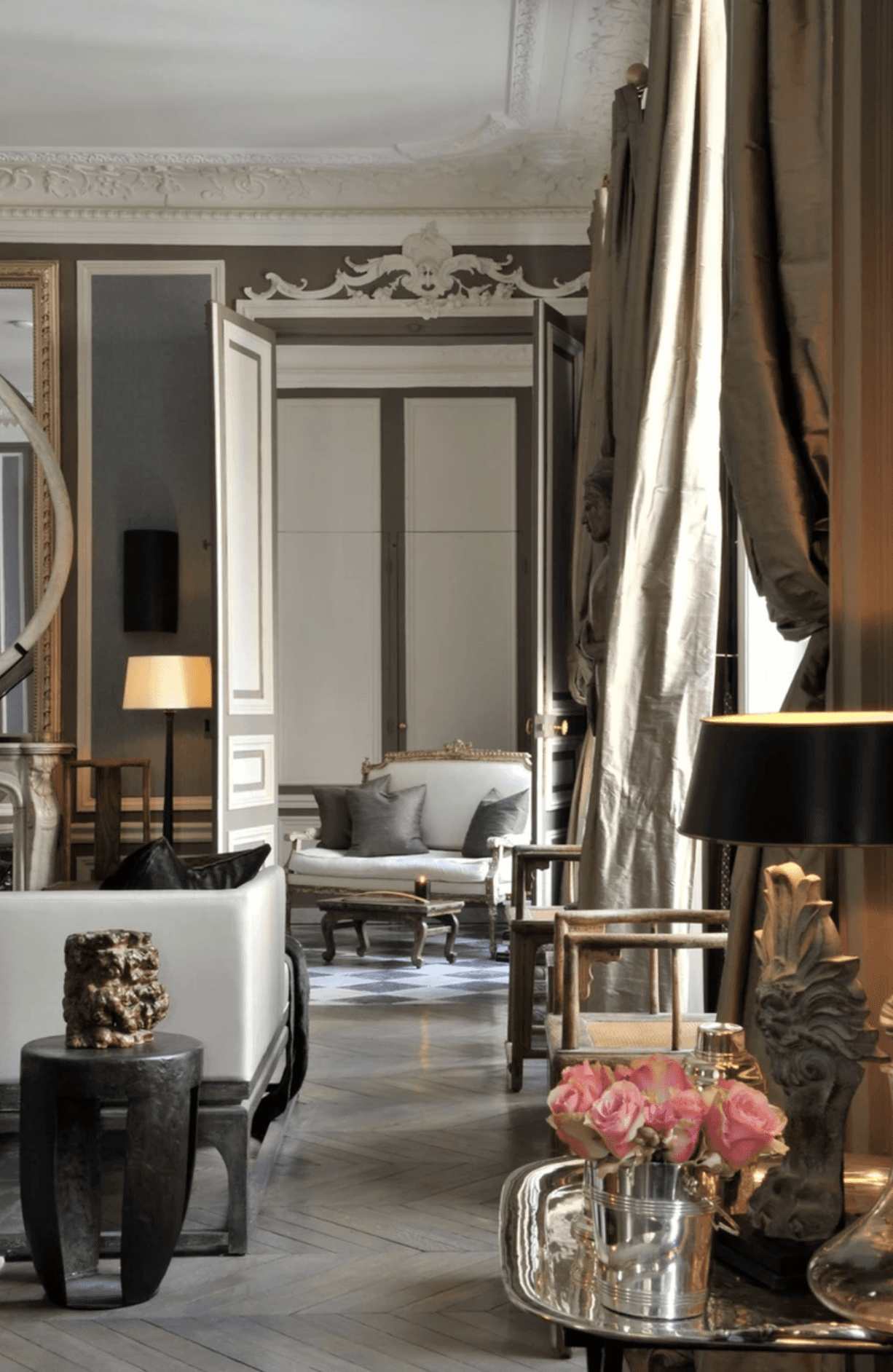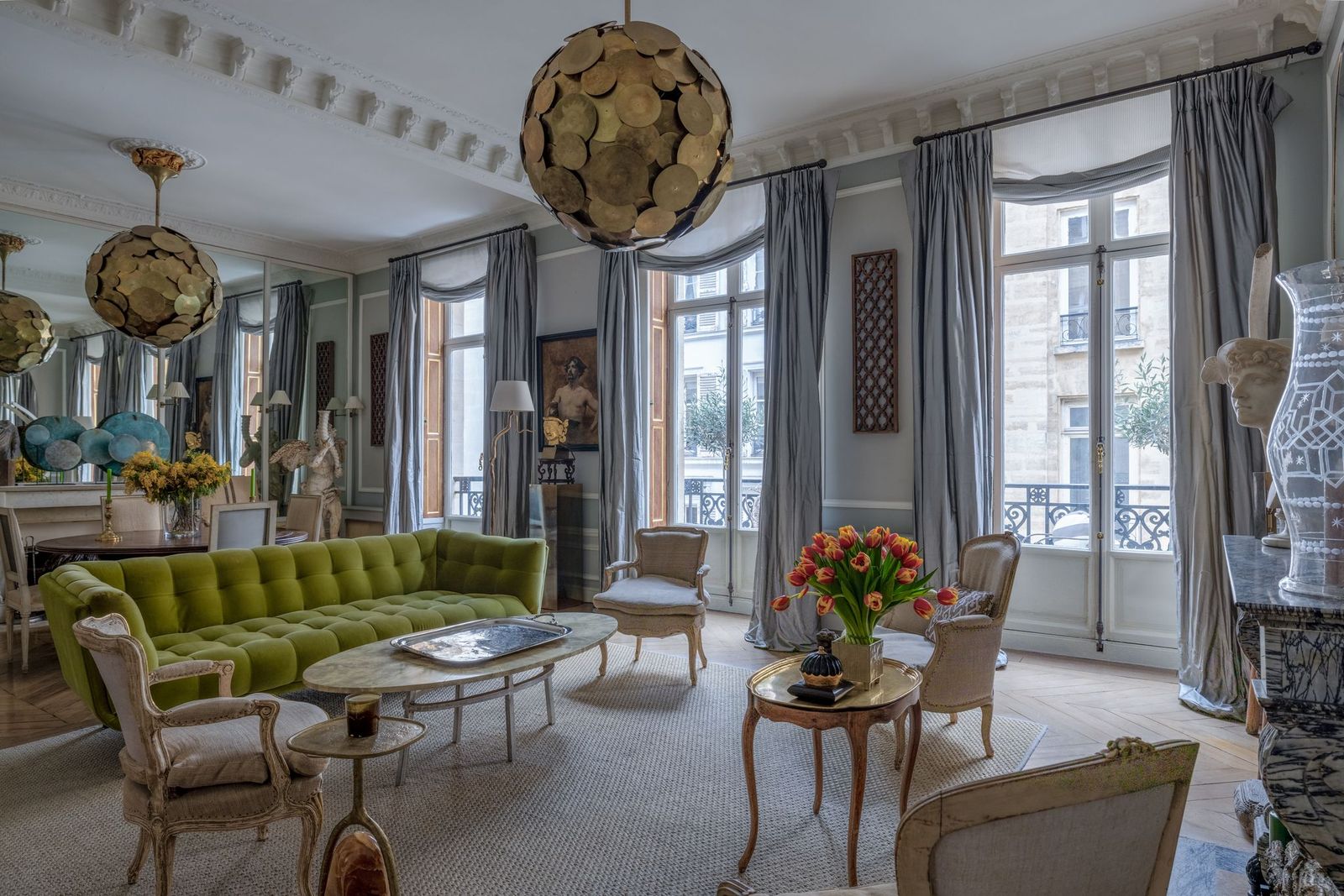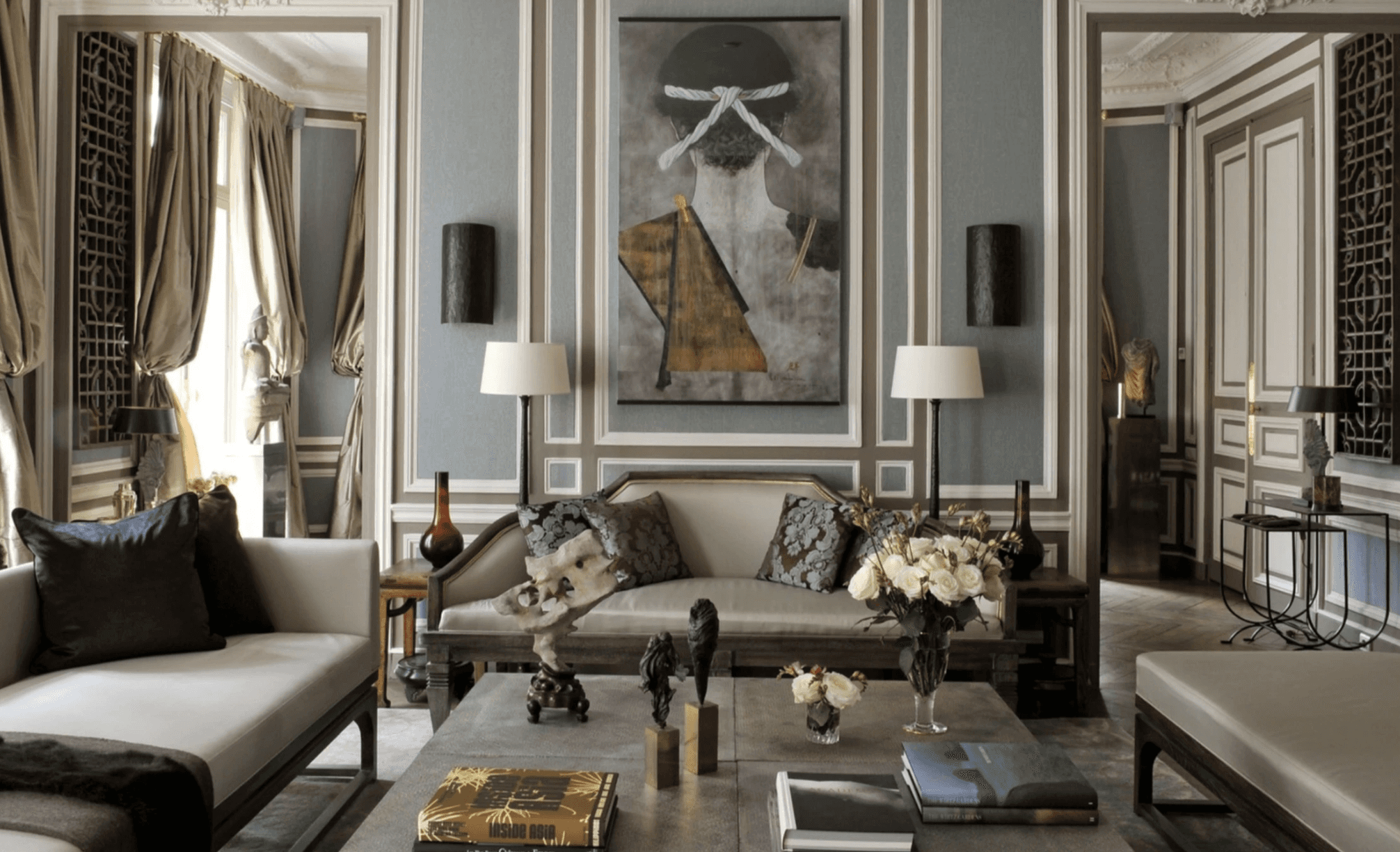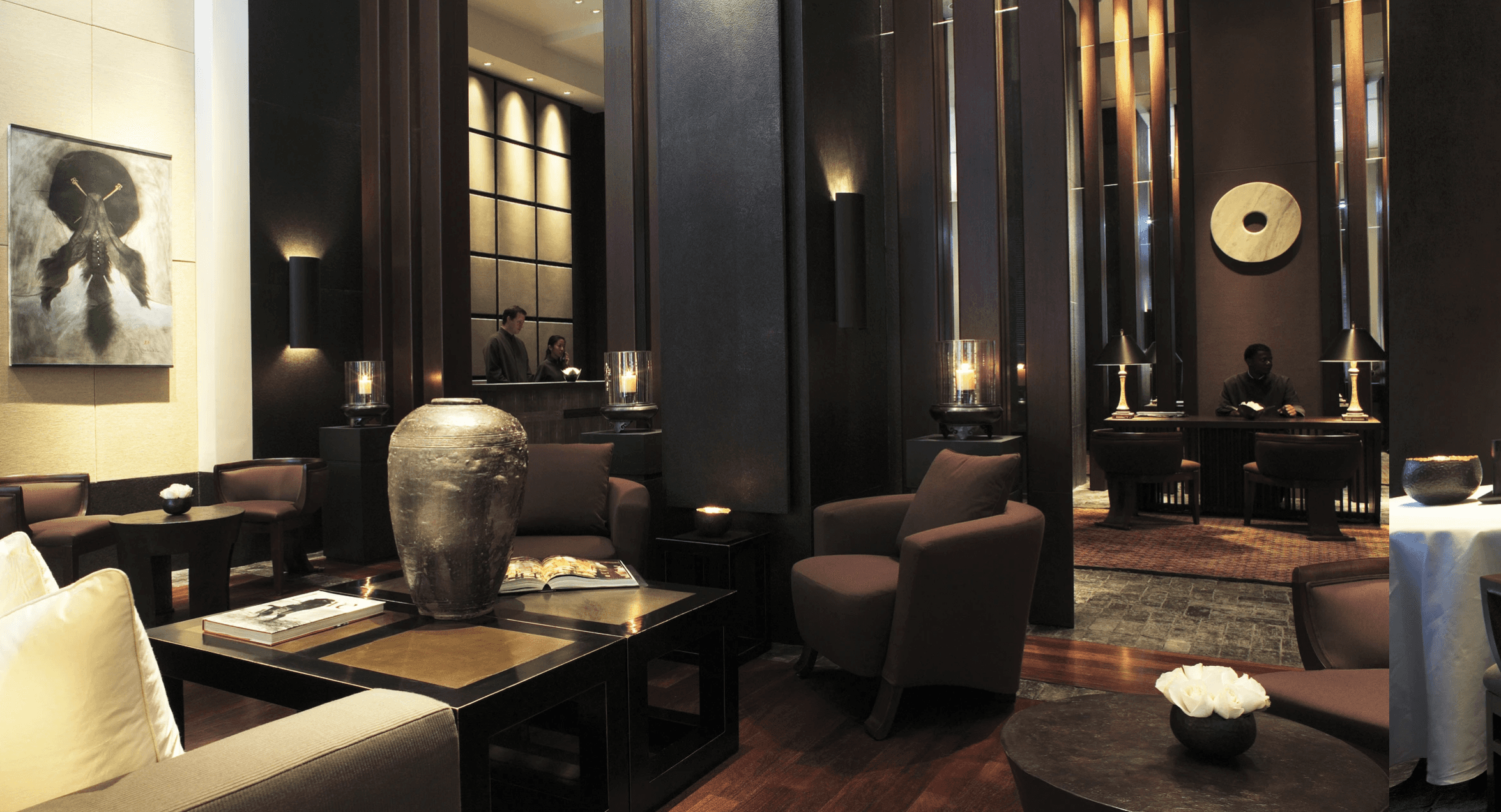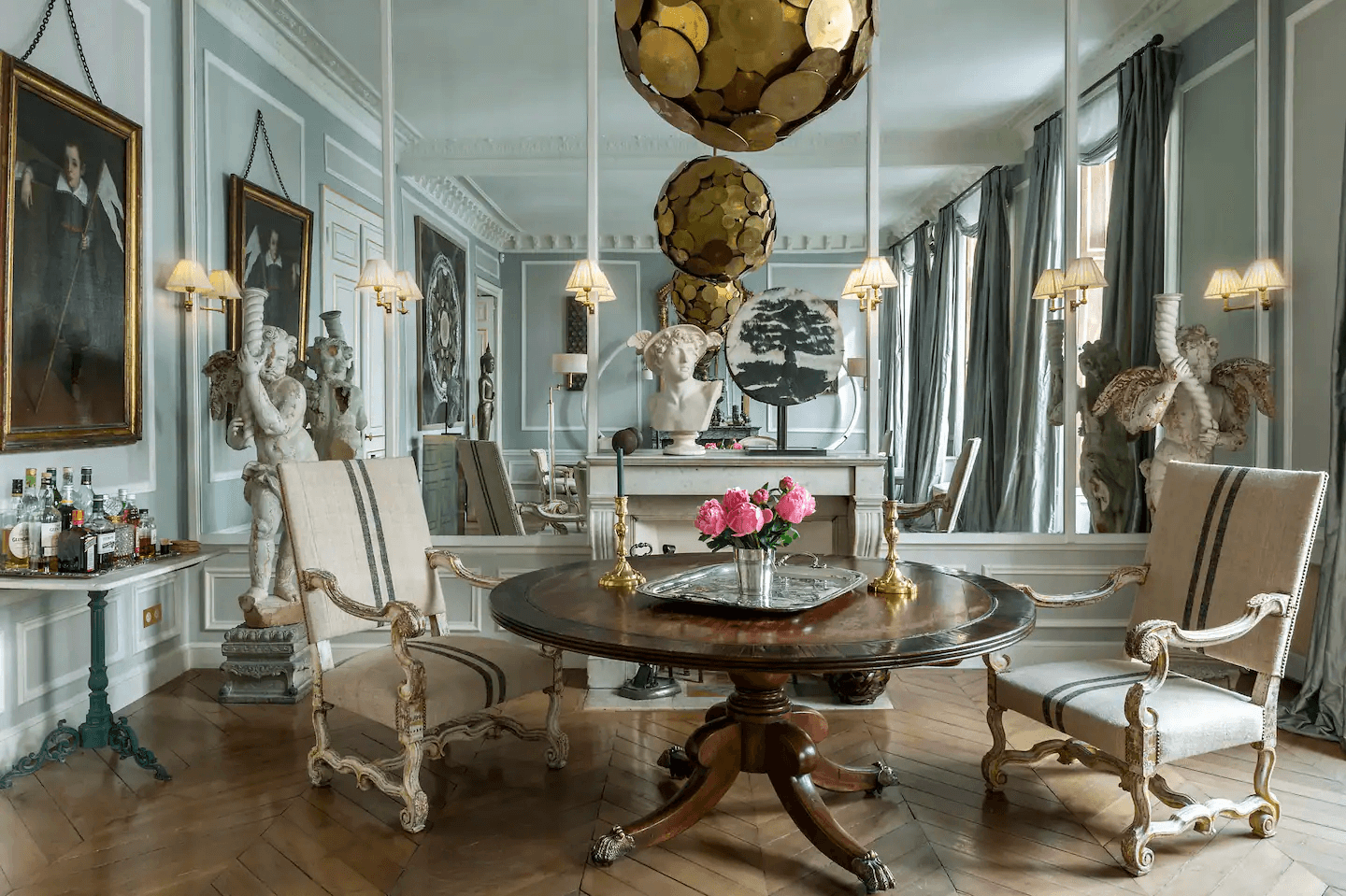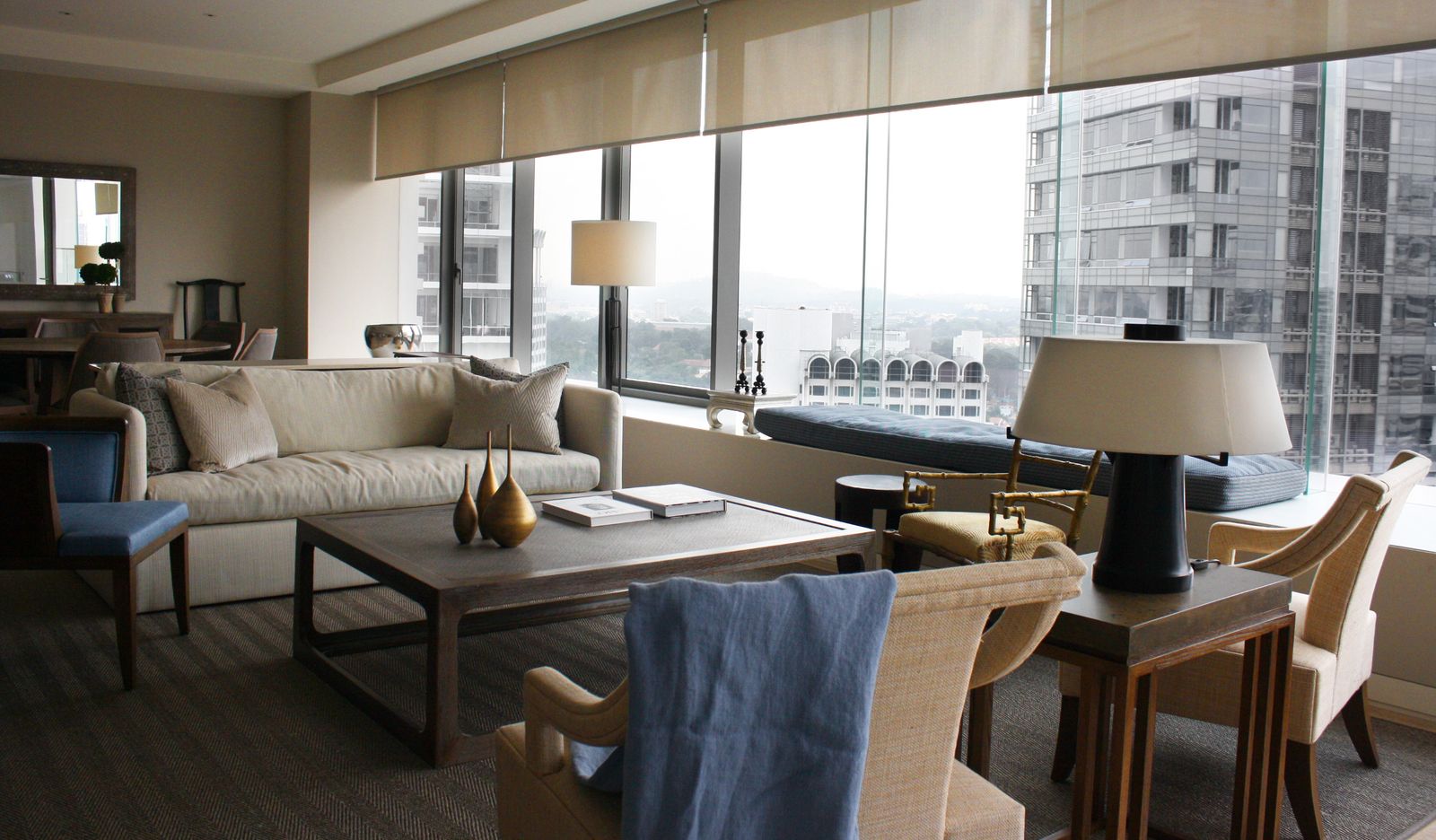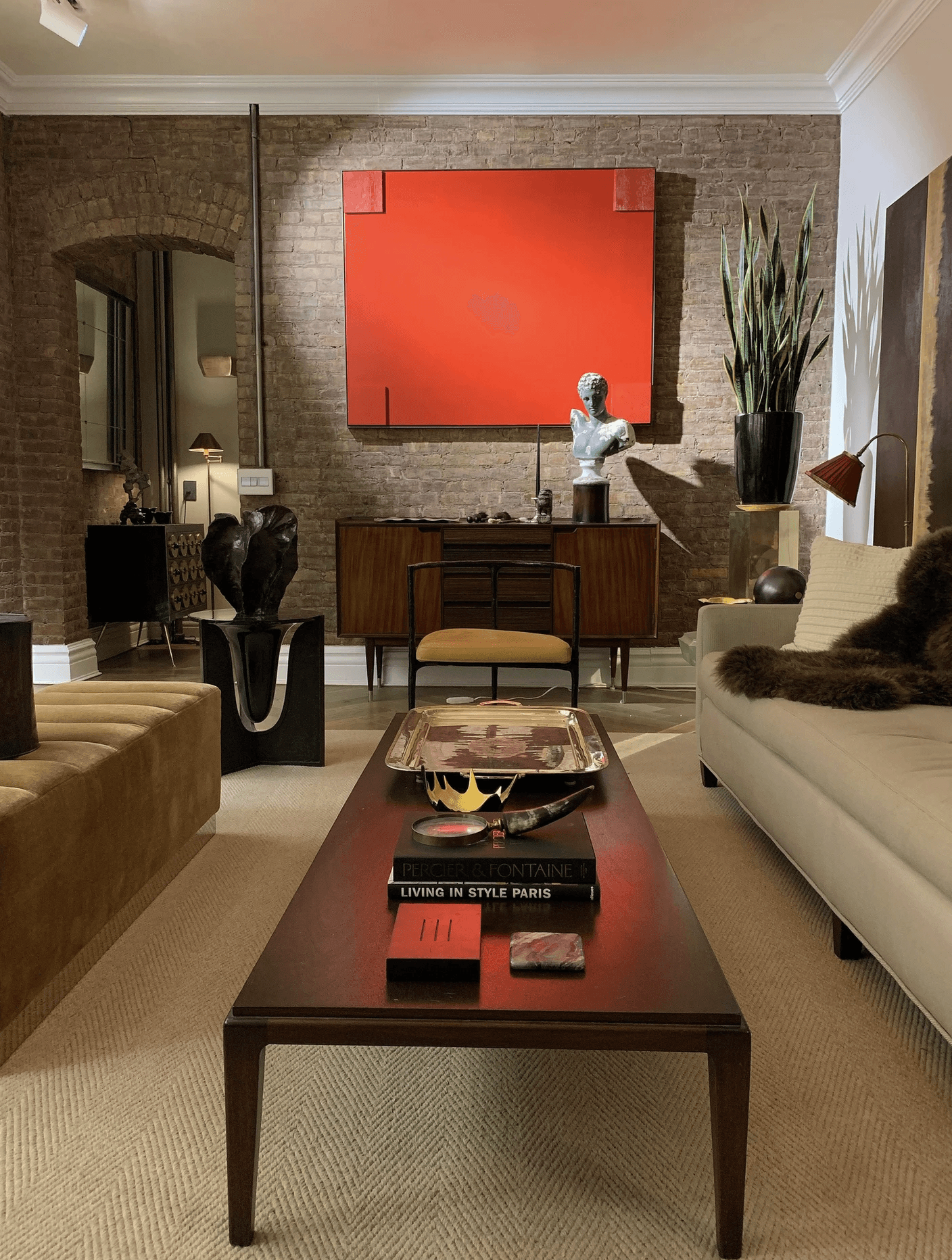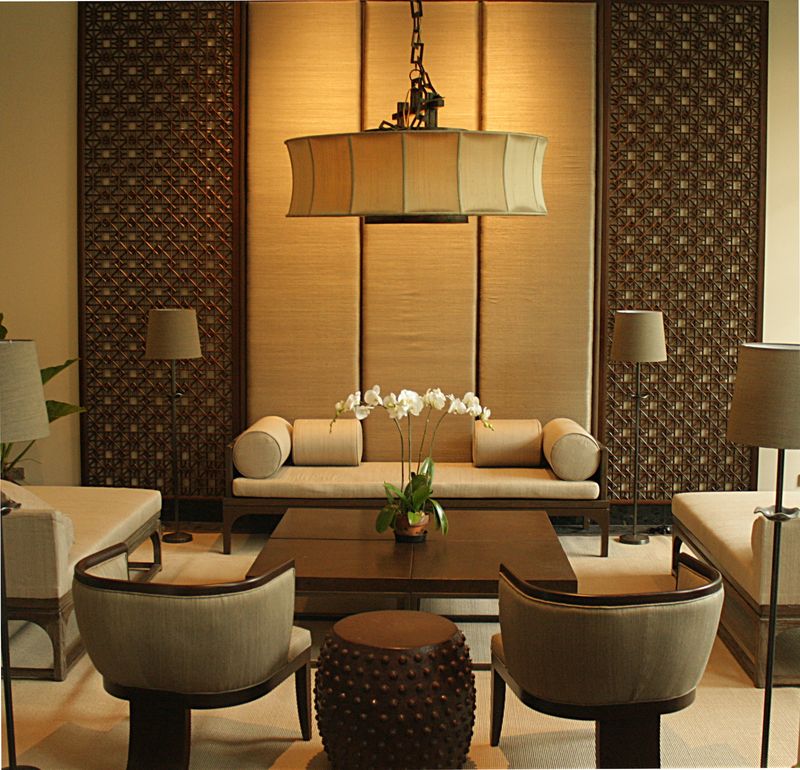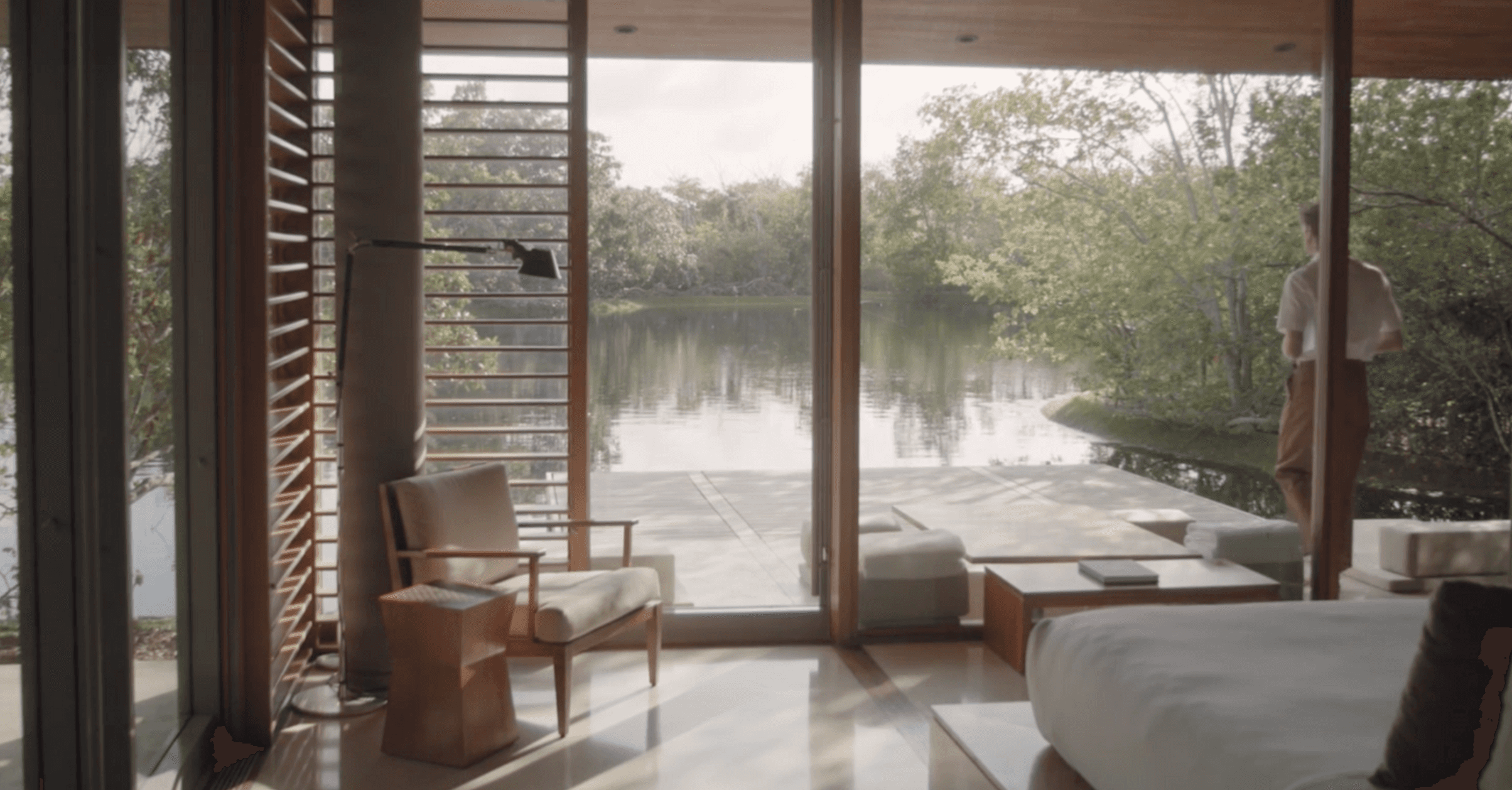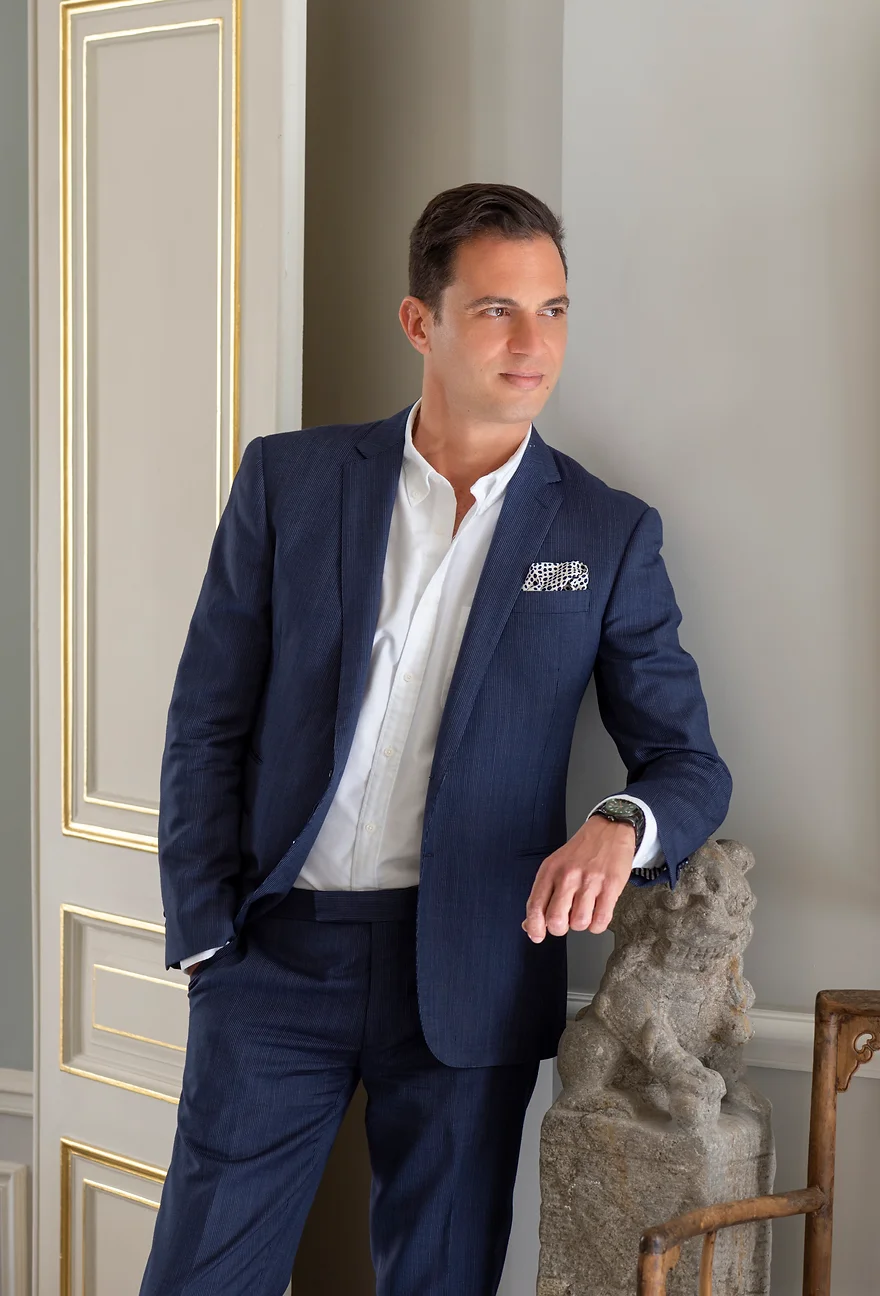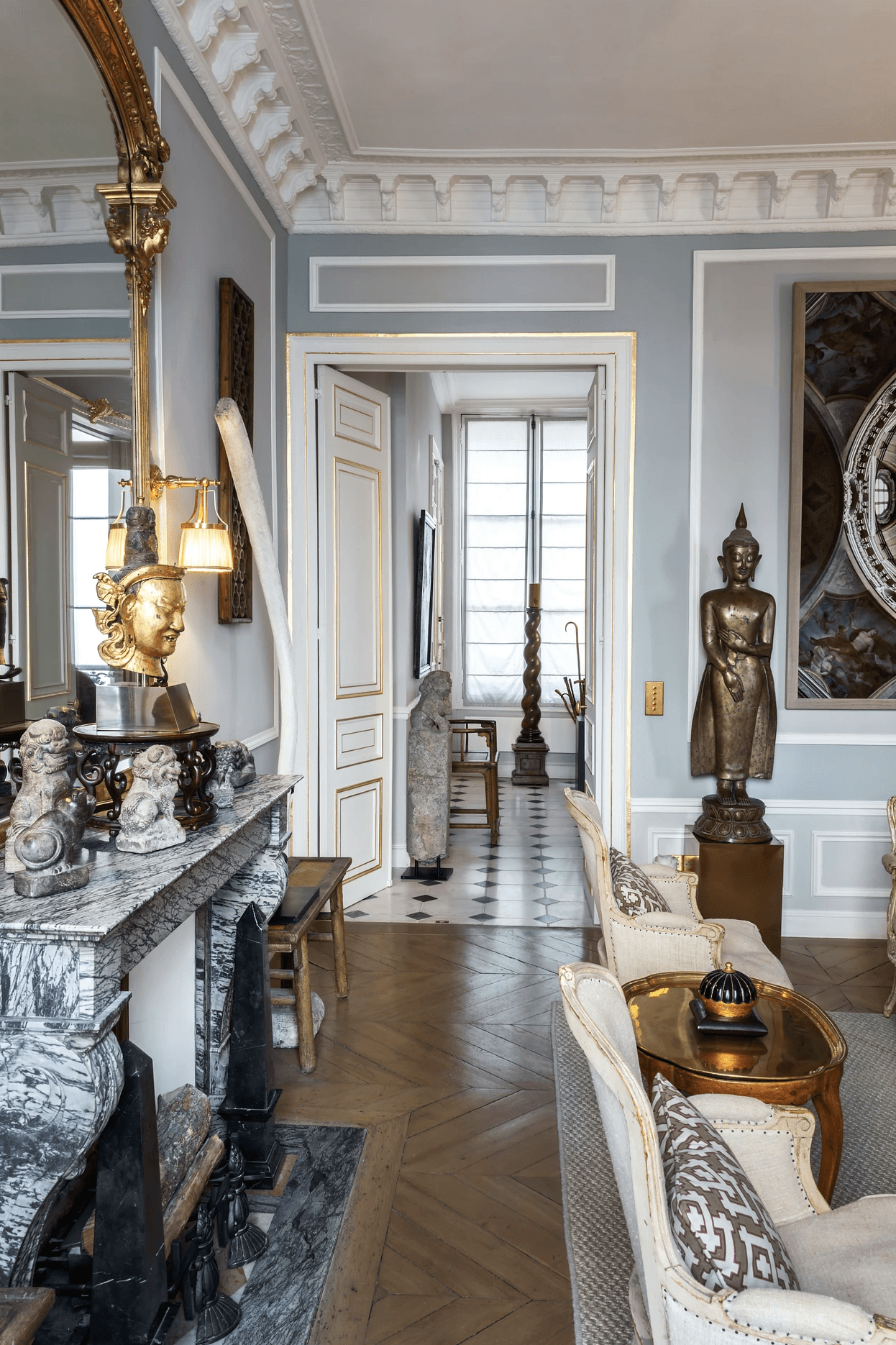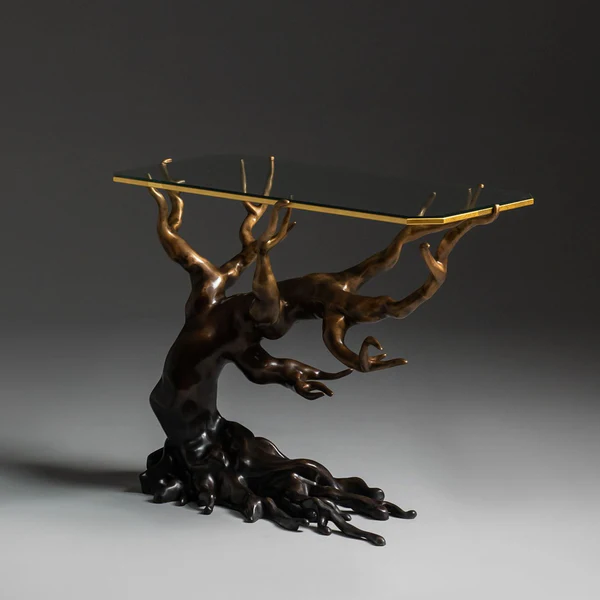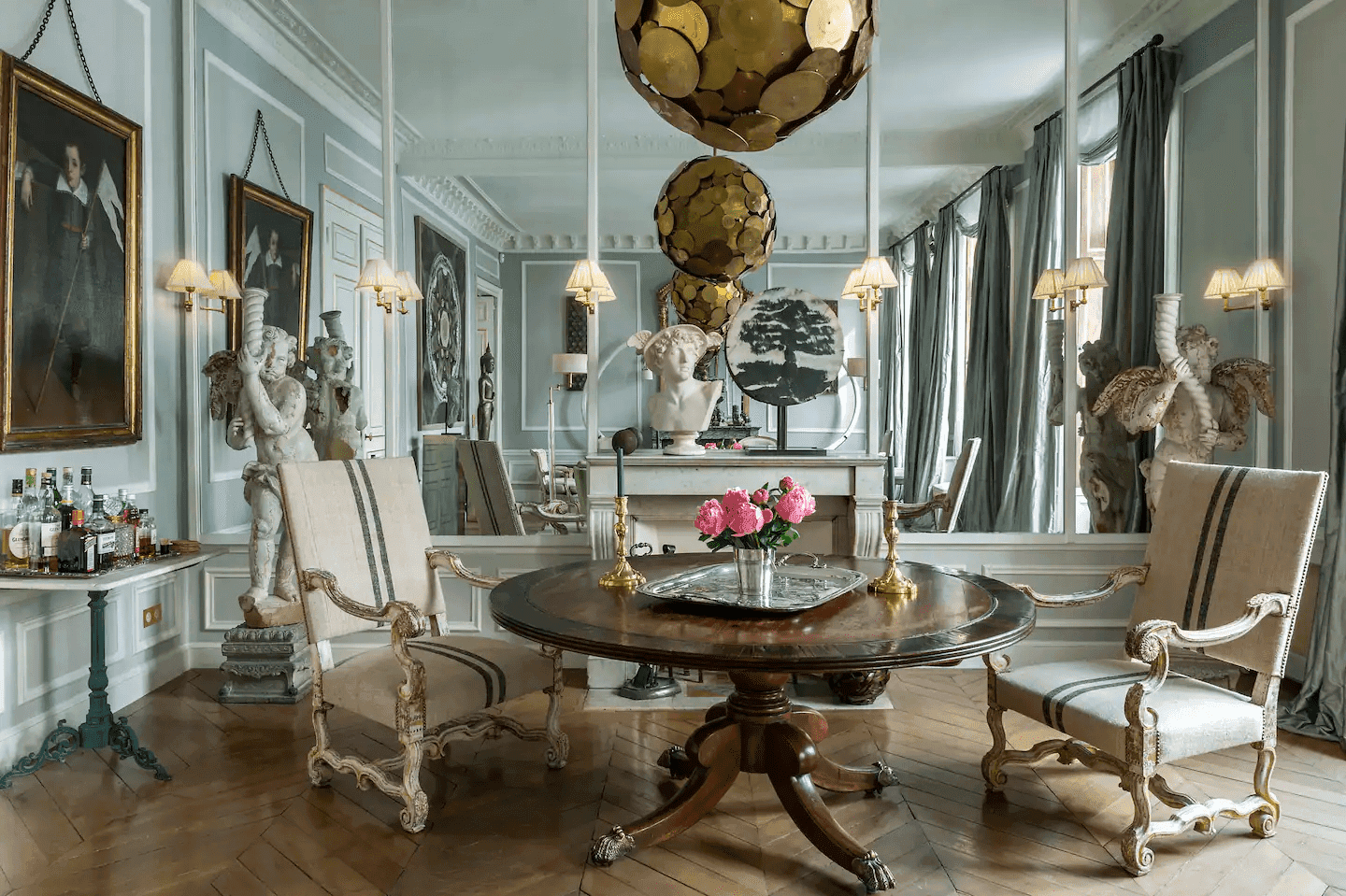Trends
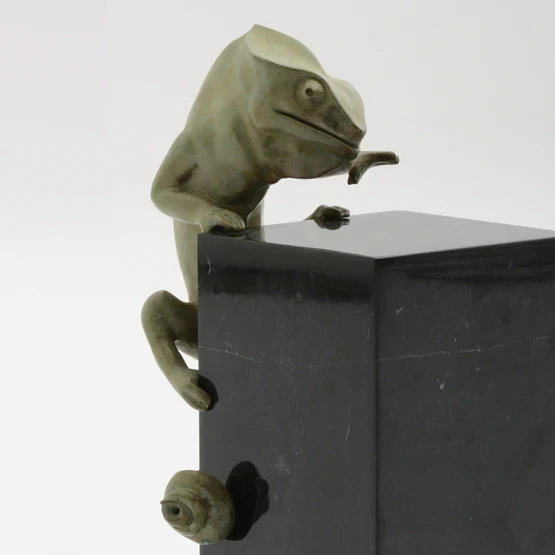
Christopher Noto
Aug 8, 2024
Explore how Christopher Noto merges sustainable practices with luxury interior design, featuring eco-friendly materials and innovative solutions for elegant, environmentally conscious spaces.
Eco-Friendly Practices
Introduction
Sustainable luxury merges high-quality design with environmental consciousness, proving that elegance and eco-friendliness can go hand in hand. Christopher Noto, a leading figure in luxury interior design, excels in incorporating sustainability into his projects. This blog post explores the principles of sustainable luxury, delves into Noto’s approach to eco-friendly design, and offers practical tips for achieving sustainability in your own interiors. It’s essential to note that while Noto has provided custom furniture and lighting for commercial projects, his role in these spaces was limited to furnishing rather than overall interior design.
The Principles of Sustainable Luxury
Sustainable luxury focuses on blending opulence with environmental responsibility. Key principles include:
Eco-Friendly Materials
Selecting sustainable and ethically sourced materials is crucial for reducing environmental impact:
Reclaimed Wood: Utilizing salvaged or reclaimed wood reduces the need for new timber and often features unique character and history.
Organic Fabrics: Fabrics made from organic fibers are produced with minimal environmental impact, avoiding harmful chemicals and pesticides.
Low-VOC Paints: Low-volatility organic compounds in paints reduce indoor air pollution and contribute to healthier living environments.
Incorporating these materials helps diminish the ecological footprint of a design project while maintaining high standards of luxury.
Energy Efficiency
Incorporating energy-efficient solutions is essential for minimizing energy consumption and lowering the carbon footprint:
Lighting: Using LED bulbs and energy-efficient fixtures reduces energy use and extends bulb life.
Appliances: Choosing ENERGY STAR-rated appliances ensures lower energy consumption while maintaining effective performance.
HVAC Systems: Energy-efficient heating, ventilation, and air conditioning systems help reduce energy use and enhance comfort.
These measures enhance sustainability and reduce operating costs.
Longevity and Quality
Investing in high-quality, durable materials and furnishings ensures a long lifespan, minimizing the need for frequent replacements:
Durable Materials: High-quality materials withstand wear and tear, ensuring they remain in good condition for years.
Timeless Design: Classic design elements and well-crafted furniture pieces retain their appeal and functionality over time.
This approach supports a more sustainable lifestyle by reducing waste and the frequency of replacements.
Christopher Noto’s Approach to Sustainable Luxury
Christopher Noto integrates sustainability into luxury design through several key practices:
Ethical Sourcing
Noto prioritizes the use of sustainably sourced and ethically produced materials:
Responsible Suppliers: He selects suppliers who adhere to responsible environmental practices, ensuring materials are harvested and processed with minimal impact.
Transparency: Noto works with suppliers who provide transparency about their sourcing and production processes, ensuring high ethical standards.
Custom Solutions
Creating custom furniture and design elements allows Noto to choose materials based on their environmental impact and ensure durability:
Bespoke Designs: Custom pieces are crafted to meet specific design requirements while incorporating sustainable materials and techniques.
Longevity: Emphasis on quality and durability ensures that custom pieces remain functional and stylish for years.
Repurposing and Upcycling
Noto incorporates repurposed and upcycled materials into his designs, giving new life to existing resources:
Repurposed Materials: Using reclaimed wood, metal, or other materials reduces the need for new resources and adds unique character to the design.
Upcycled Items: Transforming old furniture or decor items into new pieces reduces waste and supports a circular economy.
These practices contribute to a more sustainable approach to luxury interior design by minimizing waste and maximizing the use of existing resources.
Examples of Sustainable Projects
Noto’s portfolio includes several projects that exemplify his commitment to sustainable luxury. It is important to note that while Noto provided custom furniture and lighting for commercial projects, his primary focus was on furnishing rather than overall interior design.
Eco-Friendly Penthouse in Manhattan
In this project, Noto utilized reclaimed wood, low-VOC paints, and energy-efficient lighting to create a luxurious yet eco-conscious penthouse:
Design Approach: The use of sustainable materials and energy-efficient solutions ensures that the space is both elegant and environmentally responsible.
Impact: The penthouse achieves a balance between high-end design and sustainability, demonstrating that luxury can be achieved with minimal environmental impact.
Sustainable Beach House in Malibu
For this coastal retreat, Noto incorporated recycled materials, energy-efficient appliances, and solar panels:
Design Approach: The use of recycled materials and renewable energy sources enhances the home’s sustainability while maintaining a luxurious aesthetic.
Impact: The beach house showcases how eco-friendly practices can be seamlessly integrated into high-end design, creating a beautiful and environmentally conscious living space.
Repurposed Loft in San Francisco
Noto transformed an old industrial loft using upcycled furniture and eco-friendly materials:
Design Approach: By repurposing existing materials and incorporating sustainable design elements, the loft achieves a unique and stylish look.
Impact: The project highlights the potential of upcycling and repurposing in creating distinctive and sustainable interiors.
Tips for Achieving Sustainable Luxury
Achieving sustainable luxury involves thoughtful planning and design. Here are some tips for integrating eco-friendly practices into your own home:
Choose Sustainable Materials
Opt for materials that are sustainably sourced, such as reclaimed wood, organic fabrics, and low-VOC paints:
Material Selection: Research the environmental impact of materials and choose those with a minimal ecological footprint.
Certifications: Look for certifications such as FSC (Forest Stewardship Council) or Cradle to Cradle to ensure that materials meet high sustainability standards.
Invest in Quality
Invest in high-quality, durable furnishings and materials that will stand the test of time:
Long-Term Value: Quality items may have a higher initial cost but often prove more cost-effective in the long run due to their durability.
Timeless Design: Classic designs and well-crafted pieces remain stylish and functional for years, reducing the need for frequent replacements.
Incorporate Energy-Efficient Solutions
Implement energy-efficient technologies, such as LED lighting, ENERGY STAR appliances, and efficient HVAC systems:
Lighting: Choose LED bulbs and fixtures that consume less energy and have a longer lifespan.
Appliances: Select ENERGY STAR-rated appliances to reduce energy consumption and lower utility bills.
Repurpose and Upcycle
Consider repurposing existing items or incorporating upcycled materials into your design:
Upcycled Furniture: Give new life to old furniture pieces by refurbishing or redesigning them.
Repurposed Materials: Use reclaimed materials for unique and sustainable design elements.
Conclusion
Sustainable luxury blends high-end design with environmental responsibility. Christopher Noto’s approach to integrating eco-friendly practices into luxury interior design demonstrates how elegance and sustainability can coexist. By adopting these principles and practices in your own home, you can achieve a sophisticated, environmentally conscious living space that reflects both style and sustainability.

Design Insights: Tips, Trends, and Inspiration for Your Space
Search ressources

